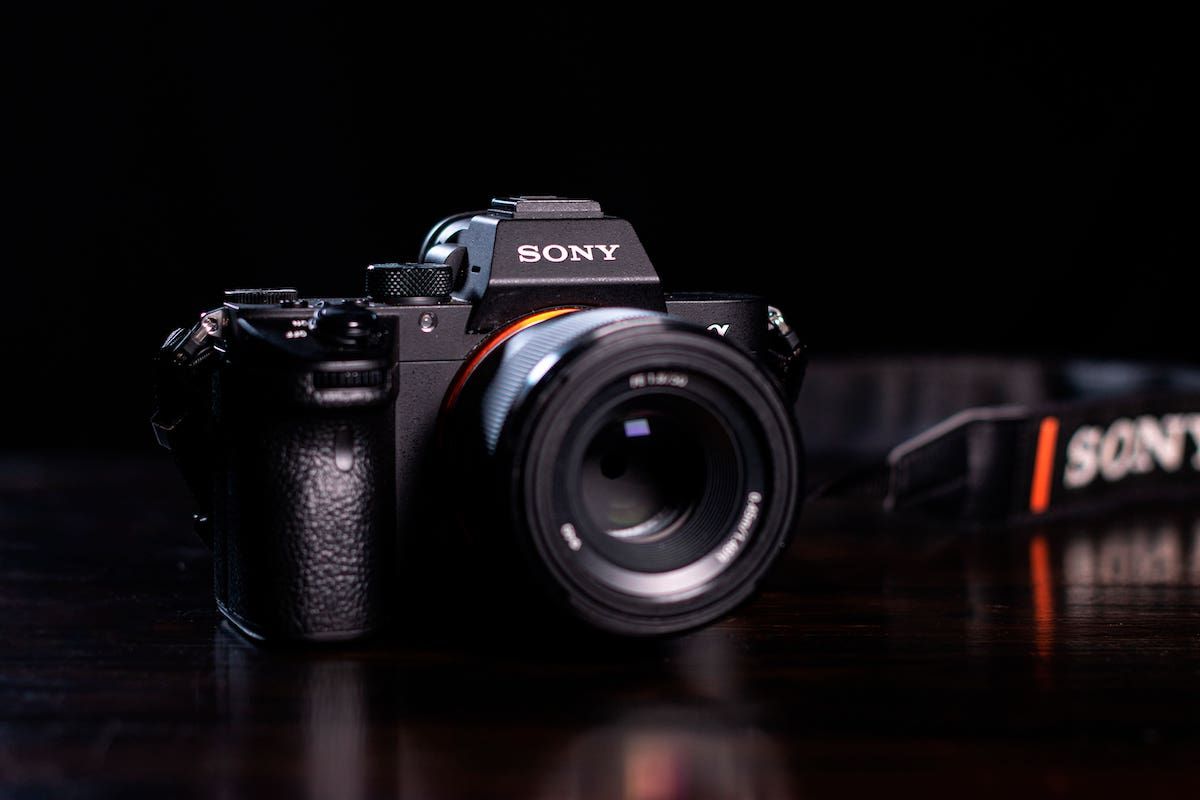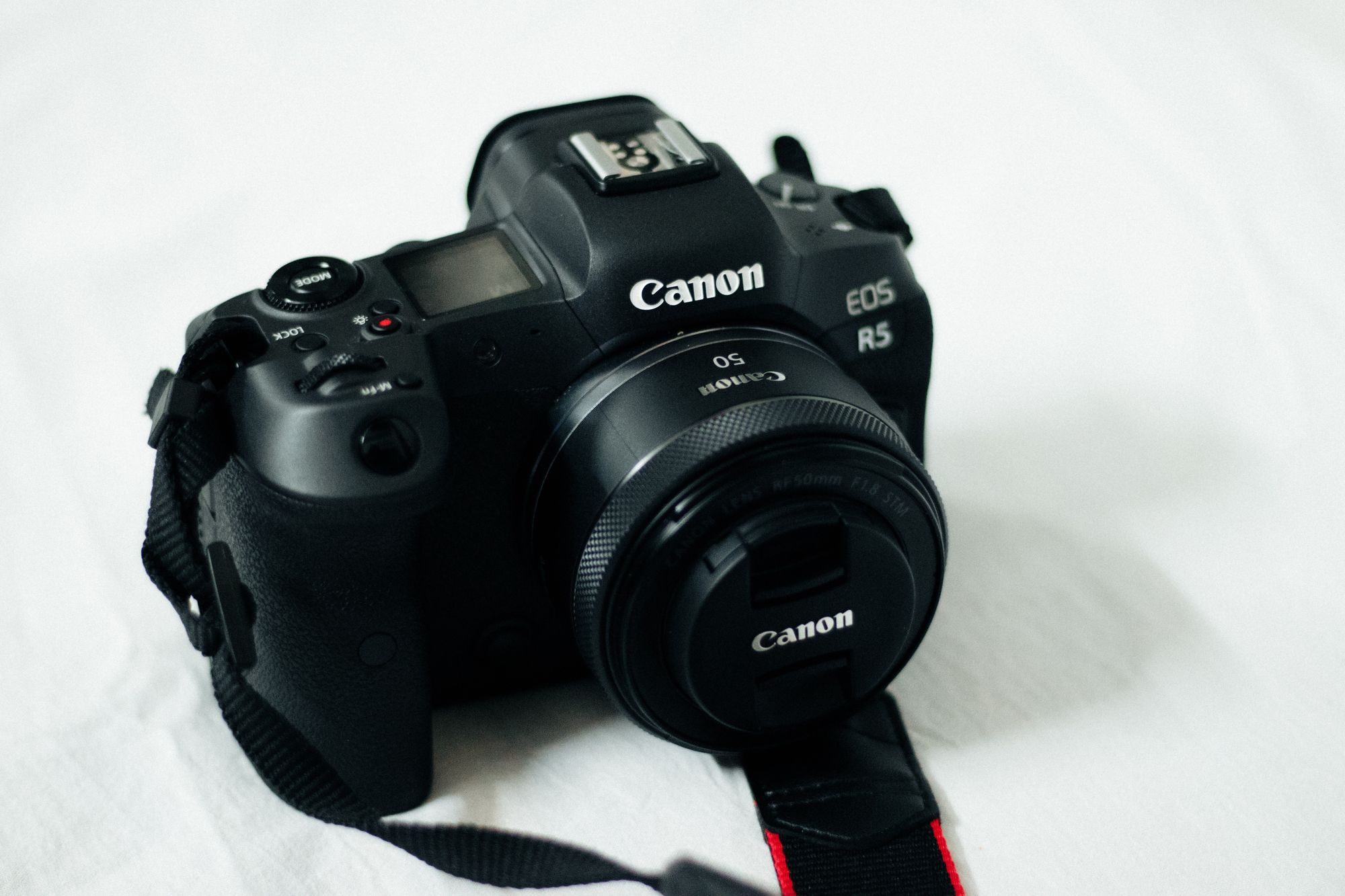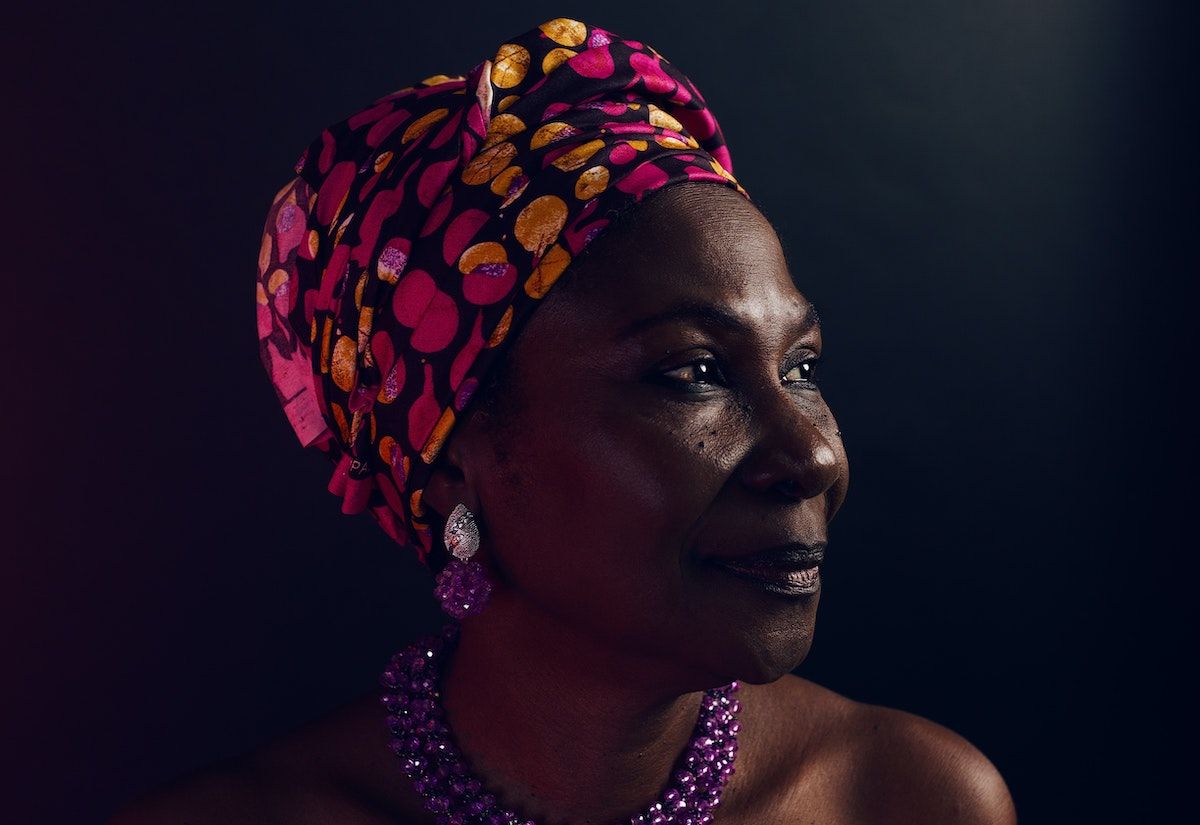Portrait Photographers: Here are the 10 Best Camera to Get in 2023
Hire film gear from local filmmakers.

Hire film gear from local filmmakers.
Portrait photography is the art of capturing a still image that tells a story. Unsurprisingly, this is one of the most popular styles amongst photographers.
As such, you will want to use all your weapons to stand out from the rest. Step one: the right camera.
Before you learn about the best cameras for portraits, you should understand the essentials of portrait photography.
The 5 best DSLR portrait cameras

1. Nikon D850
Key features
- Mount: Nikon F mount (with AF coupling and AF contacts)
- Sensor: 45.7 MP CMOS
- Continuous shooting: 7 fps
- AF system: 153-point
- Shutter speeds: 1/8000 to 30 s
- ISO: 64-25,600
- Best video: 4KUHD/30p and 1080p/120p
- Battery life: rated at 1840 shots
- Screen: 3.2" tilting touchscreen with 2.36M-dot LCD
Pros
- Advanced time-lapse options (including in-camera 4K video creation)
- Battery
- Great ISO performance
- Durable (weather-sealed design)
Cons
- Expensive
- Wi-Fi and Bluetooth connection isn't always reliable
- Inbuilt flash is not available
2. Nikon D780
Key features
- Mount: Nikon F mount (with AF coupling and AF contacts)
- Sensor: 24.5 MP CMOS
- Continuous shooting: 7 fps
- AF system: 51-point AF and 273-point Hybrid AF
- Shutter speeds: 1/8000 to 900 s
- ISO: 100-51,200
- Best video: Full-frame 4K UHD/30p
- Battery life: 2260 Shots (CIPA)
- Screen: 3.2″ Tilting 2.359M-dot LCD
Pros
- Great burst mode
- Long battery life
- Great ISO performance
- Dual UHS SD slots
Cons
- Dual AF systems
- Heavy Body
- No image stabilization
3. Canon 90D
Key features
- Mount: Canon EF/EF-S
- Sensor: 34MP CMOS
- Continuous shooting: 11.0 fps
- AF system: 45-point
- Shutter speeds: 1/8000 to 30 s
- ISO: 100-25,600 (expands to 51200)
- Best video: 4KUHD/30p and 1080p/120p
- Battery life: 1300 Shots (CIPA)
- Screen: 3″ 1.04M-dot fully articulated
Pros
- Fully articulated screen
- Environment-sealed construction
- Battery life
Cons
- Average kit lens
- Single card slot

4. Nikon D7500
Key features
- Mount: Nikon F mount (with AF coupling and AF contacts)
- Sensor: 20.9MP CMOS
- Continuous shooting: 8 fps
- AF system: 51-point
- Shutter speeds: 1/8000 to 30 s
- ISO: 100-51,200
- Best video: 4KUHD/30p and 1080p/60p
- Battery life: 950 shots (CIPA)
- Screen: 3.2'' 0.92M-dot tilting
Pros
- High-ISO performance
- Automatic AF Fine Tune
- Resistant body
Cons
- 4K recording is cropped
- Single card slot
- Omits Depth of Field preview
5. Canon 5D Mark IV
Key features
- Mount: Canon EF
- Sensor: 30.4MP CMOS
- Continuous shooting: 7 fps
- AF system: 61-point
- Shutter speeds: 1/8000 to 30 s
- ISO: 100-32,000
- Best video: 4K/30p and 1080p/60p
- Battery life: 900 shots
- Screen: 3.2" 1.62M-dot tilting
Pros
- Fantastic high ISO execution
- Color accuracy
- Great image quality
- Weather Sealing
- Remote control with a smartphone
Cons
- Dual memory card slots use dissimilar formats
- 4K video is cropped
The 5 best mirrorless portrait cameras

1. Nikon Z6 II
Key features
- Mount: Nikon Z
- Sensor: 25MP BSI-CMOS
- Continuous shooting: 14 fps
- AF system: 273-point
- Shutter speeds: 1/8000 to 900 s
- ISO: 100-51,200
- Best video: 4K/30p and 1080p/120p
- Battery life: 410 shots (CIPA)
- Screen: 3.2″ 2.1M-dot tilting
Pros
- Exceptional continuous shooting
- New AF modes
- Fast shooting with dual processors
Cons
- No light-up buttons
- Autofocus is more lagging than competitors
2. Sony Alpha A7R IV
Key features
- Mount: Sony E
- Sensor: 61MP BSI-CMOS
- Continuous shooting: 10 fps
- AF system: 567-point
- Shutter speeds: 1/8000 to 30 s
- ISO: 100-32,000
- Best video: 4K/30p and 1080p/120p
- Battery life: 670 shots (CIPA)
- Screen: 3″ 1.44M-dot tilting
Pros
- Excellent image quality
- Great AF performance (even in low light)
- Touchscreen responsiveness
Cons
- Menu feels confusing
- No built-in flash
- The body is not as resistant
3. Canon EOS R5
Key features
- Mount: Canon RF
- Sensor: 45MP CMOS
- Continuous shooting: 20 fps
- AF system: 1053-point
- Shutter speeds: 1/8000 to 30 s
- ISO: 100-51,200
- Video: 8K/30p and 4K/120p
- Battery life: 490 shots (CIPA)
- Screen: 3.2″ 2.10M-dot fully articulated
Pros
- Excellent autofocus
- 8K mode
- Intuitive menu
- Weather sealed
Cons
- Expensive
- Average battery duration

4. Fujifilm X-T4
Key features
- Mount: FUJIFILM X mount
- Sensor: 26MP X-Trans CMOS 4
- Continuous shooting: 20 fps
- AF system: 425-point
- Shutter speeds: 1/32000s to 30 s
- ISO: 160 - 12,800
- Best video: 4K/60p and 2160p/60p
- Battery life: 600 shots
- Screen: 3.0″ 1.62M-dot fully articulated
Pros
- Excellent continuous shooting
- Stabilized sensor
- Fully articulated screen
Cons
- Alternatives have better sensor
- Complex menu
- Cropping in 4K UHD (at 60p)
5. Panasonic S5
Key features
- Mount: L-Mount
- Sensor: 25MP CMOS
- Continuous shooting: 7 fps
- AF system: 225-point
- Shutter speeds: 1/8000 to 60 s
- ISO: 100-51,200
- Video: 2160p/60p
- Battery life: 440 shots (rear monitor) and 1,500 shots (Power Save LVF mode)
- Screen: 3.0″ 1.84M-dots fully articulated
Pros
- 6K Photo
- Superfast autofocus
- Fully articulated screen
- Dual card slots
Cons
- Average battery life
- Battery size is different from other Panasonic S models
- Average face detection
3 Things to consider in a camera for portraits

1. Sensor size
The sensor is the rectangle in the middle of your camera that reads the image from the lens, and its seize will affect light, detail and quality.
Crop sensor options are much more affordable, lighter and still achieve good results. Yet, they are lower-quality and will not allow wide-angle shots.
On the other hand, full-frame cameras are more expensive and have bulkier bodies but will deliver sharper, clearer and wide-angle results. Most importantly, they outperform in low-light situations and allow for a shallower depth of field (blur background), which may be crucial for shooting portraits.
2. DSLR vs Mirrorless
DSLR are more traditional. These have a broader variety of compatible lenses, better battery life, and are physically more resilient. Meanwhile, mirrorless cameras are lighter, the lenses have higher quality, and allow a live view.
3. Studio vs Street
In the end, it all comes down to what type of portraits you plan to shoot. If you are interested in street photography, look for cameras with good autofocus, ISO, shutter speed, fast burst rate (fps) and battery life. If you intend to shoot in a studio, focus on higher resolution.
Closing thoughts
As you can see, there are excellent options out there to elevate your portrait photography.
If you are still figuring out what photographer you want to be, have a look at our page on photography to figure out which set-ups are for you.
Best portrait photography camera FAQ
What camera lens is best for portraits?
85mm.
What type of camera is used for portraits?
DSLR or Mirrorless.
Is DSLR or mirrorless cameras best for portraits?
It depends, but many photographers now prefer mirrorless.
Rent cameras from local creators.
Save up to 40%.
Global Coverage included.
https://images.wedio.com/images/listing_images/images/1916346/thumb/1563273968_1494679.jpg
https://www.wedio.com/en/sony-alpha-a7r-iv
https://images.wedio.com/images/listing_images/images/1937861/thumb/Canon-EOS-R5-lead-03b.jpeg
https://www.wedio.com/en/canon-eos-r5























